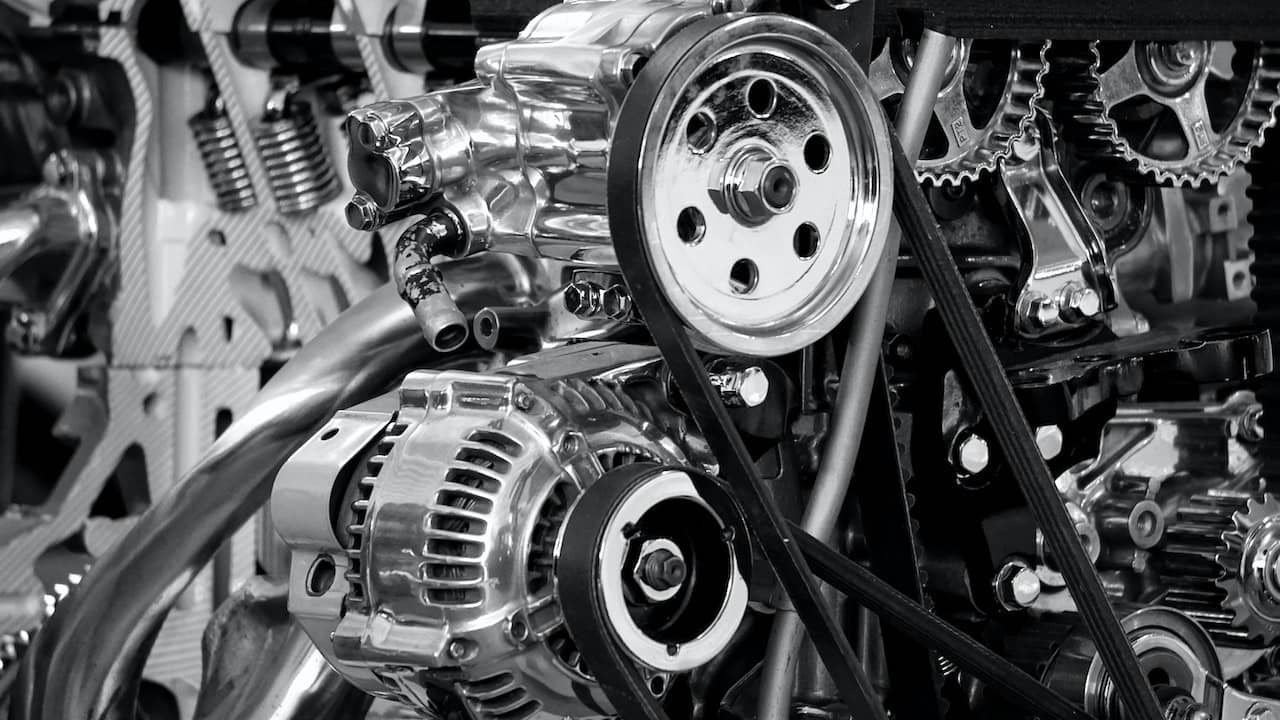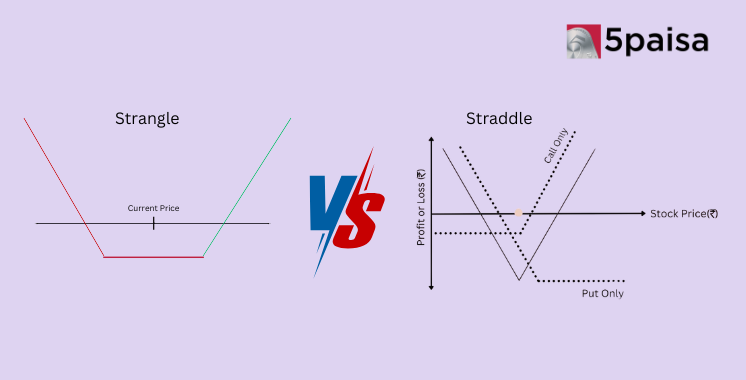Want to bet on auto-parts makers? Here’s how the industry is growing

In what may be a sign of the Indian economy picking up pace, the auto components industry clocked its highest-ever turnover of Rs 4.2 trillion in 2021-22, registering a growth of 23% on the back of strong performance in exports and aftermarket sales, according to the Automotive Component Manufacturers’ Association of India (ACMA).
The aftermarket industry refers to the market for auto components that are used to replace the original auto parts when they are not functioning properly.
What more has ACMA said in its numbers?
ACMA said that auto parts’ imports rose 33% to Rs 1.36 trillion in 2021-22 and exports grew 43% to Rs 1.41 trillion.
Which are India’s main export markets?
According to ACMA, North America, which accounts for 32% exports, recorded a 46% growth. Europe, accounting for 31% and Asia at 25%, respectively, grew 39% and 40%.
Where does India import auto components from?
Around 30% of total auto components’ import is from China, giving it the number one position.
Germany is the second-largest source of auto parts for India, accounting for around 11%.
What are the main items India exports?
Key items exported in the last financial year were drive transmission and steering, engine components, body, chassis, suspension, and brakes.
What is the size of the auto components aftermarket sector?
The turnover of auto components' aftermarket stood at Rs 74,203 crore in 2021-22, clocking a growth rate of 15% over the previous year.
The aftermarket’s turnover crossed the pre-pandemic levels in 2021-22 because of more vehicles on road, prolonged usage of vehicles, increase in demand of second-hand vehicles, increase in commodity prices, and emergence of new sales channels such as online retailers and multi-brand outlets.
What are the key challenges being faced by the Indian auto components industry?
ACMA said shortage of chips, high raw material and logistics cost, availability of containers for transport of auto components, increasing inflation, rising fuel prices, high insurance cost, less than expected growth in two-wheeler segment and high GST rates on auto components are some of the headwinds the auto component industry is facing in the country.
However, it also mentioned that the sector is also getting the benefit of multiple tailwinds such as high estimated GDP growth in 2022-23, strong demand in domestic vehicle market, surge in exports, focus on clean and new technology, states’ electric vehicles policy and the government’s production-linked incentive (PLI) scheme.
The auto component sales to electric vehicles sector stood at Rs 3,520 crore in 2021-22 — one per cent of the total component sales in the financial year.
- Flat ₹20 Brokerage
- Next-gen Trading
- Advance Charting
- Actionable Ideas
Trending on 5paisa
Indian Stock Market Related Articles
Disclaimer: Investment in securities market are subject to market risks, read all the related documents carefully before investing. For detailed disclaimer please Click here.
 Tanushree Jaiswal
Tanushree Jaiswal
 5paisa Research Team
5paisa Research Team
 5paisa Research Team
5paisa Research Team




